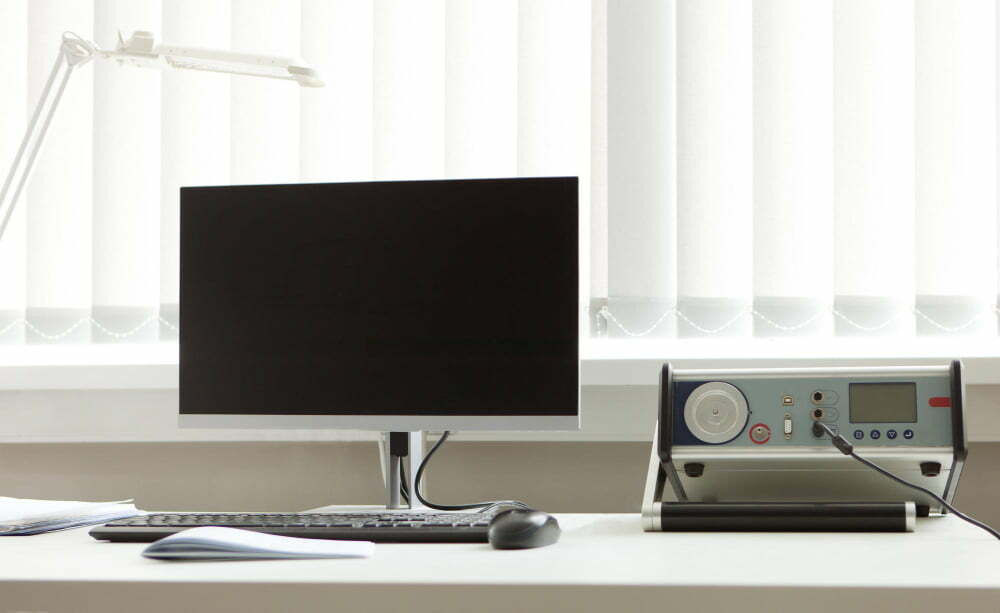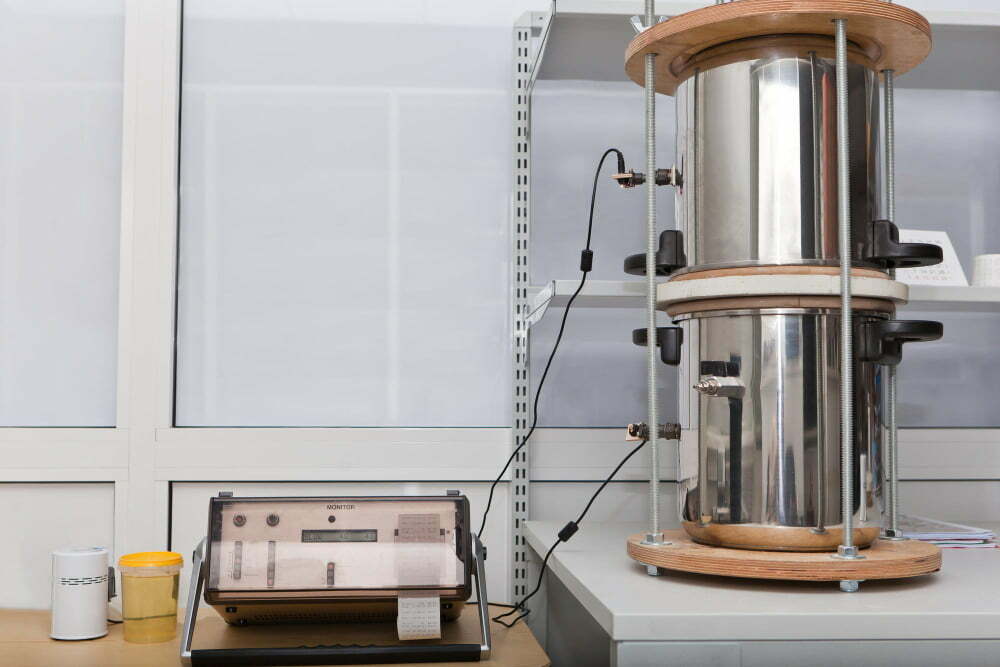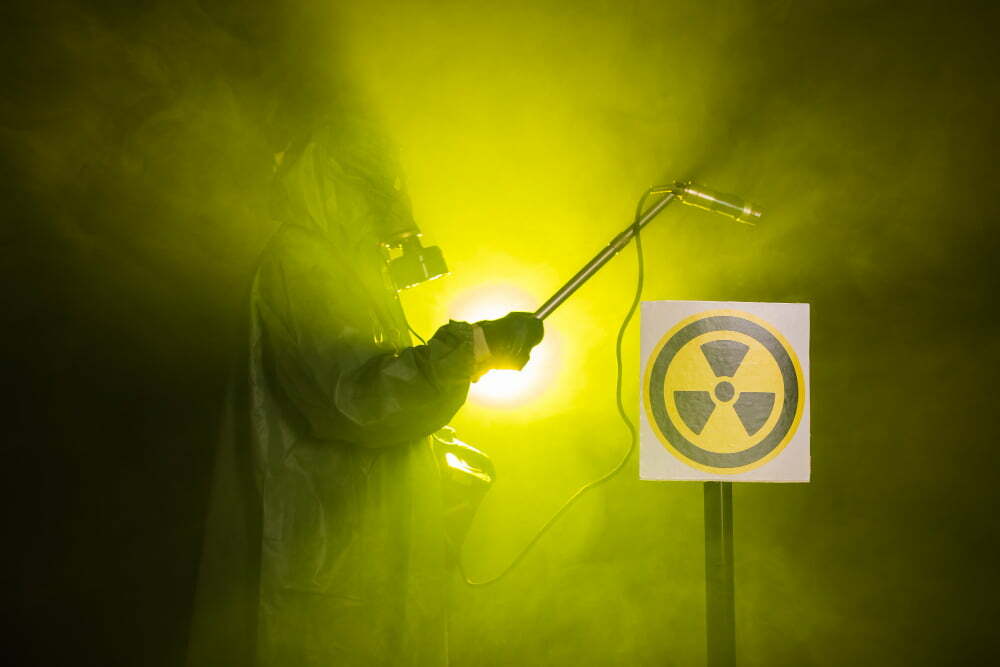Protect your family from the dangers of radon with these essential tips for testing and mitigating this harmful gas in your home.
As a child, I loved going to my grandparents’ house. It was a cozy little place with a beautiful garden and lots of love.
But as I grew older, I started noticing something strange every time we visited. My grandfather would cough and wheeze uncontrollably, especially when he was inside the house.
At first, we thought it was just his age catching up with him, but then we discovered the real culprit: radon.
Radon is a radioactive gas that can seep into homes through cracks in the foundation or walls. It’s odorless and colorless, which means you won’t know if your home has high levels of radon unless you test for it.
Unfortunately, my grandparents had never tested their home for radon until it was too late.
That’s why I’m here today to talk about the importance of radon testing and mitigation for homes. As an expert blogger on home air quality, I’ve seen firsthand how dangerous high levels of radon can be for your health and wellbeing.
But don’t worry – there are steps you can take to protect yourself and your loved ones from this silent killer. So let’s dive in!
The Silent Intruder: Radon

Radon is a silent intruder that can seep into your home undetected. It’s a radioactive gas that occurs naturally in the soil and rocks, and it can enter your home through cracks in the foundation or walls.
Once inside, radon can accumulate to dangerous levels and cause serious health problems.
As I mentioned earlier, my grandparents had never tested their home for radon until my grandfather started experiencing severe respiratory issues. When they finally did test their home, they found out that their levels were dangerously high.
Radon exposure has been linked to lung cancer – in fact, it’s the second leading cause of lung cancer after smoking. The longer you’re exposed to high levels of radon, the greater your risk of developing lung cancer becomes.
But here’s what makes radon so insidious: you won’t know if your home has high levels unless you test for it. Radon is odorless and colorless – there are no visible signs or symptoms of its presence until it’s too late.
That’s why testing for radon is so important – especially if you live in an area with higher-than-average concentrations of this gas (which includes many parts of North America). By testing regularly for this silent intruder and taking steps towards mitigation when necessary – we could save ourselves from potential harm caused by Radons!
Unmasking the Invisible Killer

Radon is a silent killer that can seep into your home undetected. It’s a radioactive gas that comes from the natural breakdown of uranium in soil, rock, and water.
When radon enters your home through cracks or gaps in walls and floors, it can accumulate to dangerous levels.
As I mentioned earlier, my grandparents had never tested their home for radon until my grandfather started experiencing severe respiratory problems. Unfortunately, by then it was too late – he had already been exposed to high levels of radon for years without even knowing it.
But you don’t have to wait until it’s too late like my grandparents did. Testing your home for radon is easy and affordable – all you need is a simple test kit that you can purchase online or at most hardware stores.
The EPA recommends testing your home every two years because radon levels can fluctuate over time due to changes in weather patterns or renovations made on the house. If high levels are detected during testing (4 pCi/L or higher), mitigation measures should be taken immediately to reduce exposure risks.
Don’t let this invisible killer go unnoticed in your own homes – take action today!
Home Sweet Home: Radon Testing

After my grandfather’s health scare, we immediately had their home tested for radon. The results were shocking – the levels of radon in their home were dangerously high.
We quickly realized that this was a problem that needed to be addressed as soon as possible.
Radon testing is an essential step in ensuring your family’s safety and wellbeing. It’s a simple process that involves placing detectors around your home for several days to measure the levels of radon gas present.
These detectors can be purchased at most hardware stores or online, but it’s important to make sure they are certified by the National Radon Proficiency Program (NRPP) or AARST National Radon Certification Program (AARST-NRCP).
If you’re not comfortable doing it yourself, there are professionals who can perform the test for you and provide guidance on what steps need to be taken if high levels of radon are detected.
Remember, just because your neighbor doesn’t have high levels of radon doesn’t mean you won’t either – every house is different based on its location and construction materials used.
Don’t wait until it’s too late like my grandparents did; take action now by testing your home for this silent killer!
Decoding Your Test Results

After my grandfather’s health scare, we immediately had their home tested for radon. The results were shocking – the levels of radon in their home were dangerously high.
We knew we had to take action right away to protect them and ourselves.
If you’ve recently tested your home for radon, you may be wondering how to interpret the results. Radon levels are measured in picocuries per liter (pCi/L), and the Environmental Protection Agency (EPA) recommends taking action if your test results show a level of 4 pCi/L or higher.
But what does that mean? Essentially, it means that there is an increased risk of lung cancer from exposure to those levels over time. However, it’s important not to panic if your test shows elevated levels – there are steps you can take to mitigate the problem.
In our case, we hired a professional contractor who specialized in radon mitigation systems. They installed a system under my grandparents’ house which effectively reduced their indoor air quality risks by venting out any harmful gases outside before they could enter into living spaces again.
Decoding your test result is just one step towards protecting yourself against this silent killer gas called Radon!
Mitigation Magic: Solutions for Safety

After discovering the high levels of radon in my grandparents’ home, we immediately started looking for solutions to mitigate the problem. We knew that ignoring it could have serious consequences on their health and wellbeing.
The good news is that there are several effective mitigation techniques available today. One popular method involves installing a ventilation system that draws air from beneath your home and releases it outside, preventing radon gas from entering your living space.
Another technique is sealing any cracks or gaps in your foundation or walls to prevent radon gas from seeping through them. This can be done using specialized sealants or by hiring a professional contractor who specializes in this type of work.
In some cases, both methods may be used together for maximum effectiveness. It’s important to note that while these solutions can significantly reduce the levels of radon in your home, they do require ongoing maintenance and monitoring to ensure continued safety.
Remember: testing for radon is just the first step towards ensuring a safe living environment for you and your loved ones. By taking action with mitigation techniques like these, you’re doing everything possible to protect yourself against this silent killer – so don’t wait!
DIY Vs Professional Services

Now that you understand the dangers of radon, it’s time to take action. The first step is testing your home for radon levels.
You may be wondering whether to go the DIY route or hire a professional service.
As someone who has seen the effects of high levels of radon, I highly recommend hiring a professional service for testing and mitigation. While there are DIY test kits available in stores, they can often be inaccurate and unreliable.
Professional services have access to specialized equipment that provides accurate readings and can identify any potential sources of radon in your home. They also have experience with mitigation techniques such as sealing cracks or installing ventilation systems.
In my grandparents’ case, they had attempted a DIY test kit but didn’t follow proper instructions which led them into believing their house was safe from Radon exposure when it wasn’t. Investing in professional services may seem like an added expense but it’s worth every penny when considering long-term health benefits for yourself and loved ones living under one roof.
Don’t wait until you start experiencing symptoms before taking action against Radon gas; contact professionals today!
Cost and Benefits of Radon Reduction

Now that we understand the dangers of radon, let’s talk about the cost and benefits of reducing it in your home. The good news is that there are several effective ways to reduce radon levels, ranging from sealing cracks and gaps to installing a ventilation system.
However, these solutions can come with a price tag.
But before you dismiss the idea due to cost concerns, consider this: investing in radon reduction can actually save you money in the long run. Not only will it protect your health and wellbeing (which is priceless), but it can also increase your home’s value if you decide to sell down the line.
Think about my grandparents’ situation – they never tested for radon until my grandfather started experiencing severe health issues. By then, their options were limited and expensive because they had waited too long.
If they had invested in testing earlier on or taken preventative measures like sealing cracks or installing a ventilation system when building their house initially – things would have been different.
So while there may be an upfront investment involved with reducing radon levels in your home – think of it as an investment into both yours & family’s future well-being as well as protecting one of life’s biggest investments- Your Home!
Read Also
- The Top Common Sources of Radon in the Home
- How to Choose an Air Quality Testing Kit for Your Home
- Indoor Air Quality Testing: Ensuring Healthier Home Environments
- The Benefits of Professional Air Quality Testing and Consultation
- Air Quality Testing: Understanding Its Importance for Health and Environment